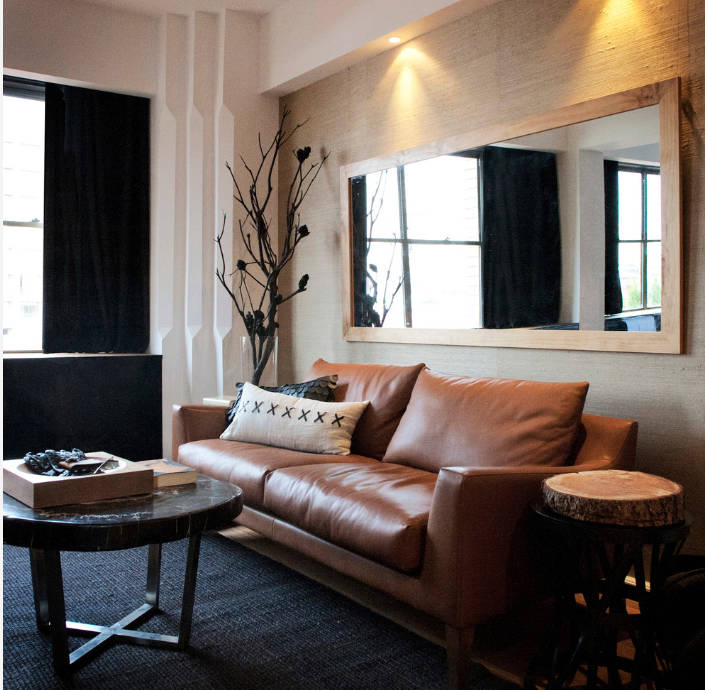Mirror, mirror on the wall
“Mirrors are there when we are and yet they never give anything back to us but our own image. Never, never shall we know what they are when they are alone.” — Erich Maria Remarque, “The Black Obelisk” (1957)
Erich Maria Remarque wrote this about mirrors, but I have to say, I can’t agree. I personally love mirrors. I love them in my house and everybody’s I get to work on.
And please know, it’s not for my image. Most times I don’t like that at all, but I love what they do for spaces. Indoors or out, mirrors add to your space.
In my design world I love a mirror in every room. And the smaller the space the more it craves a mirror. Mirrors open spaces and can visually increase the size. Yes, that’s correct. Visually.
Just recently I purchased a very large, beautiful mirror from an estate sale. I was unsure what would happen to it, but when it came to my house, I was sure where it would live.
My second bedroom is quite small and, of course, filled with furniture. And it was craving a mirror. The mirror was hung over the sofa in that room and now the room looks twice its size.
So Wikipedia has this to say about mirrors:
“Mirrors are frequently used in interior decoration and as ornaments.
“Mirrors, typically large and unframed, are frequently used in interior decoration to create an illusion of space and amplify the apparent size of a room. They come also framed in a variety of forms, such as the pier glass and the overmantel mirror.
“Mirrors are used also in some schools of feng shui, an ancient Chinese practice of placement and arrangement of space, to achieve harmony with the environment.”
“A mirror is an object that reflects light in such a way that, for incident light in some range of wavelengths, the reflected light preserves many or most of the detailed physical characteristics of the original light, called specular reflection. This is different from other light-reflecting objects that do not preserve much of the original wave signal other than color and diffuse reflected light, such as flat-white paint.”
So you see, there are a lot of feelings about mirrors, but it’s still one of my favorite design elements and I’m still convinced that each space needs one.
Wikipedia goes on to say: “Mirrors are commonly used for personal grooming or admiring oneself (where they are also called looking-glasses), for viewing the area behind and on the sides on motor vehicles while driving, for decoration, and architecture.”
We all have mirrors in our bathroom for personal grooming or a small one in our purse to check up on ourselves, but the biggest reason for me is that mirrors in our living spaces add tremendously to indoor spaces.
So where do they go?
When you walk into a living room and see a beautiful mirror over the sofa or over a buffet in the dining room I promise you it will impress you. And please understand the mirrors are not there for you to look at yourself in — although if you feel the desire — but you will be impressed with what you do see in the mirrors.
It just opens up the space with visual images of other things in the room. Chances are you won’t even notice yourself. Yeah, I know.
If you question the awesomeness of a mirror, replace a photo or painting in any of your rooms, and you will be amazed at how the room gets expanded. It just gives your space an entirely new visual appearance.
This morning on my walk I noticed a large mirror on the front patio of a house in my neighborhood. It brought it all back to me about how they improve the image and increase the space. That one opened up the courtyard area and gave a great visual of the plants and flowers. Just beautiful.
So don’t ever be discouraged if you want a mirror and don’t totally know if you should hang it in your living space. Try it and I know you will be impressed. And chances are you won’t ever see yourself in it.
Carolyn Muse Grant is a design consultant and creator of beautiful spaces. Questions can be sent to her at creativemuse@cox.net.





























